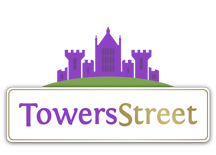GooseOnTheLoose
TS Member
- Favourite Ride
- Ug Bugs
They're designed to prevent wind buffering when the windows are wound down, along with channeling rain away allowing you to open the window a crack during wet weather. A lot of cars come installed with them as standard, ours does.Why do minicab / rideshare drivers always fit those stupid tinted covers to the top of the door windows?


